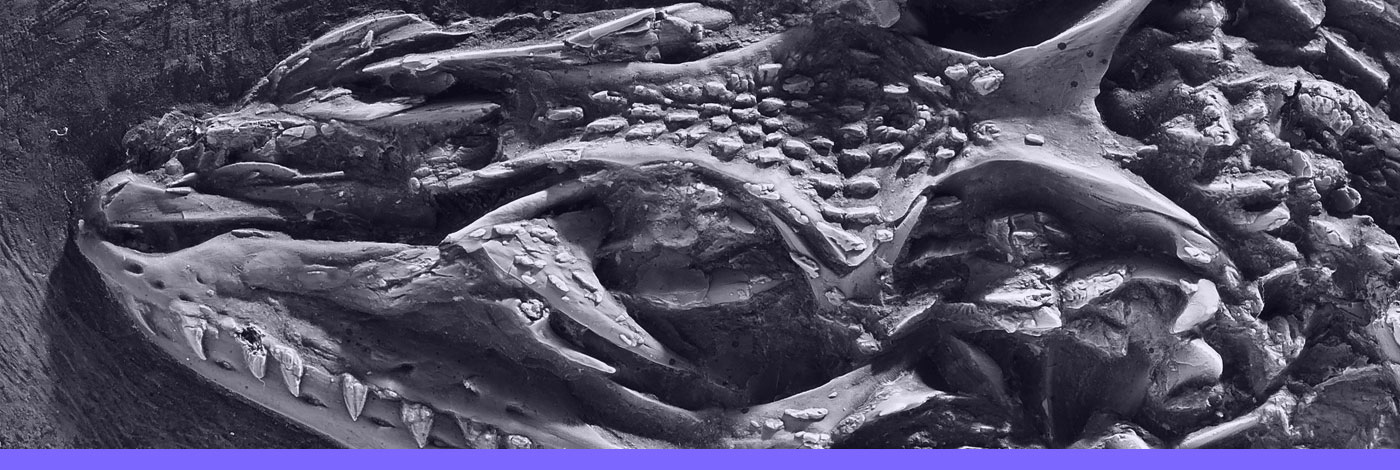

 Comptes Rendus Palevol
24 (19) - Pages 363-379
Comptes Rendus Palevol
24 (19) - Pages 363-379In recent decades, research on the subsistence strategies of Neanderthal groups in the Spanish Cantabrian region has advanced our knowledge of the ways in which these hunter-gatherer groups organised subsistence-related tasks during MIS 3. This paper offers new insights on this issue through El Cierro cave (Asturias), a site with one of the most complete archaeological sequences in Cantabrian Spain, with chronologies ranging from the late Pleistocene to the early Holocene. Here we present the results of the archaeozoological and taphonomic analysis of the Mousterian level (Cierro N), whose faunal remains come from the archaeological campaigns carried out in the cave in 2016. In this research we present a new radiocarbon dating for Cierro N, which places the archaeological deposit between c. 57 and 45 ky cal BP. The results obtained from the archaeozoological study indicate the presence of macromammals and birds at Cierro N, the first being the most abundant. Taphonomic analysis has revealed the anthropic manipulation of the remains of red deer, Iberian ibex and large bovids by Neanderthal groups. Carnivores are present at the site and have generated modifications on some elements of the archaeozoological record. In addition, a series of natural taphonomic alterations has been documented, which have allowed us to determine the processes of transformation of the stratigraphic level. These aspects have allowed us to compare the subsistence patterns of the Mousterian groups from El Cierro with other sites of similar chronology in Cantabrian Spain.
Zooarchaeology, taphonomy, Mousterian, Neanderthals, palaeoeconomy, Cantabrian Spain